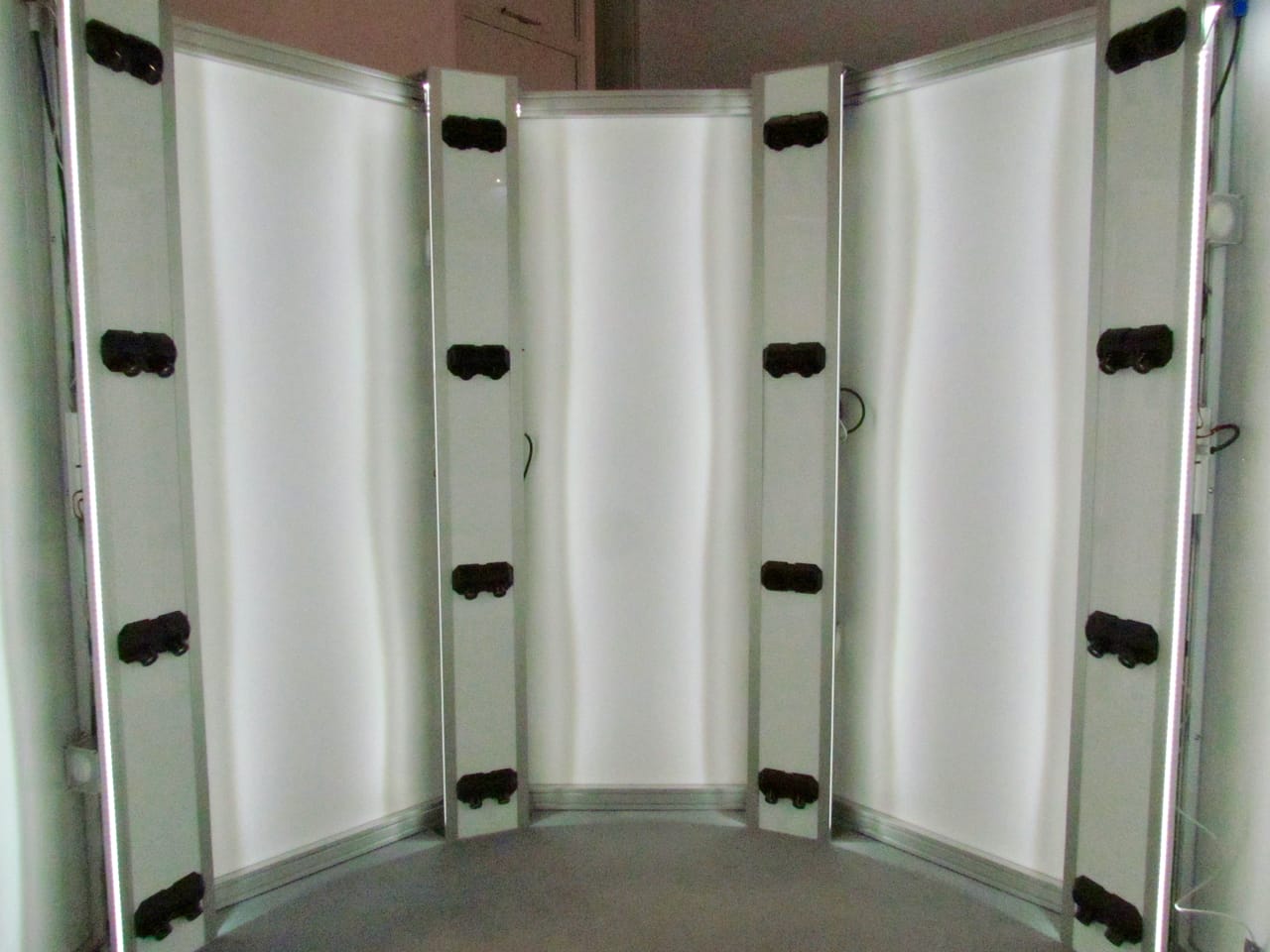
There was a time when it was thought that 3D Scanning businesses might be a big thing. Is that still the case?
3D scanning “booths” were the rage at 3D printing trade shows in recent years, touting exceptional quality and amazing speed to create highly realistic 3D models of subjects. These systems were designed to capture images that could then be used for 3D printing or other visual 3D applications.
The manufacturers of such solutions, and there are several, likely believed there was a business model that could provide profit for the equipment: a 3D scanning booth owner could rent time or sell captured 3D models to customers, much like a photo studio might do.
The vision would be to have a few such service centers in major cities, where such activity could perhaps be supported by the large populations. People would make an appointment or drop by, and in a few moments get the “3D picture of a lifetime” in the same way that people went to a photo studio in the 1950’s and 1960’s to get their annual photograph.
The equipment can be exceptionally expensive. I’ve seen sophisticated 3D photo booths being marketed for prices in the more than USD$100K range, and at that price you’d better have a very long stream of people coming through to pay for this.
Do a bit of arithmetic to see what I mean. Suppose your 3D studio is able to handle one 3D image capture per 30 minutes, counting time for setup, retakes, processing, customer education and payment. If you want to pay off the bill for the equipment itself, associated environment and your own labor over, say, three years, you’d have to be charging at least USD$100 per scan, probably double to account for the fact that you won’t be able to fill all slots. And you’ll need to pay for advertising as well.
That’s at a minimum. But USD$200 per session isn’t totally unreasonable, as that sort of falls in line with what a professional photographer might charge for a session.
And certainly one could reduce costs by making your own 3D scanning booth, but most of the other expenses still remain and you’re going to have to stay with that level or pricing, more or less.
The question is, will this situation persist? Will consumers still request this type of service?
I’m thinking the window of opportunity for this type of business may be slowly closing. Why? Simply because of one key thing: iPhone X.
Unlike all previous smartphones, the iPhone X includes a set of 3D sensors. Currently they’re used to provide input for computational assists for regular photography, but the point here is that soon large numbers of people will be carrying around the equivalent of a Kinect in their pocket. This is one reason I am considering acquiring an iPhone X.
We don’t see them yet, but be sure that ingenious app developers will most certainly create sophisticated 3D scanner apps that will leverage this hardware, essentially putting the capability of good quality 3D scanning into everyone’s grasp, literally.
Certainly the initial hardware and apps will produce 3D scans of lower quality than you could obtain with a dedicated USD$100K body scanner. But nevertheless, it’s a huge start to a new world where everyone can make their own 3D scans.
I’m quite sure 3D body scanners will continue, but their use will likely degrade into just professional use and consumers will be using their own techniques, sooner or later. The consumer “3D studio” business model is likely to erode over the next few years.

